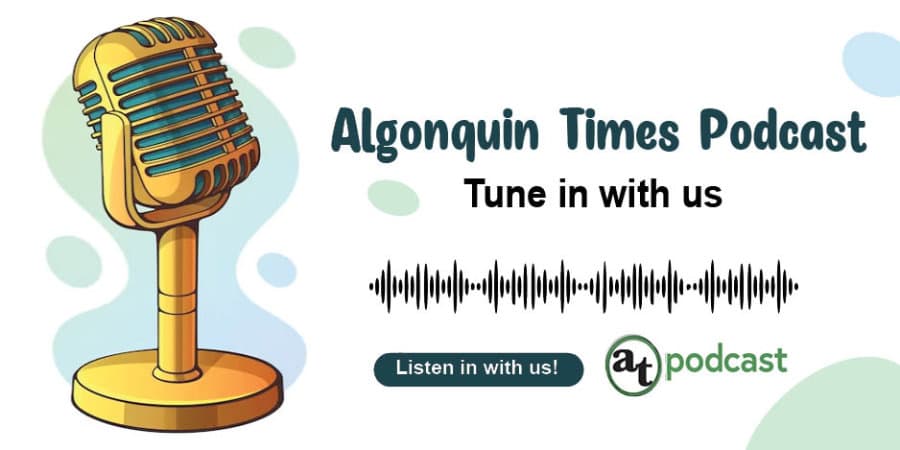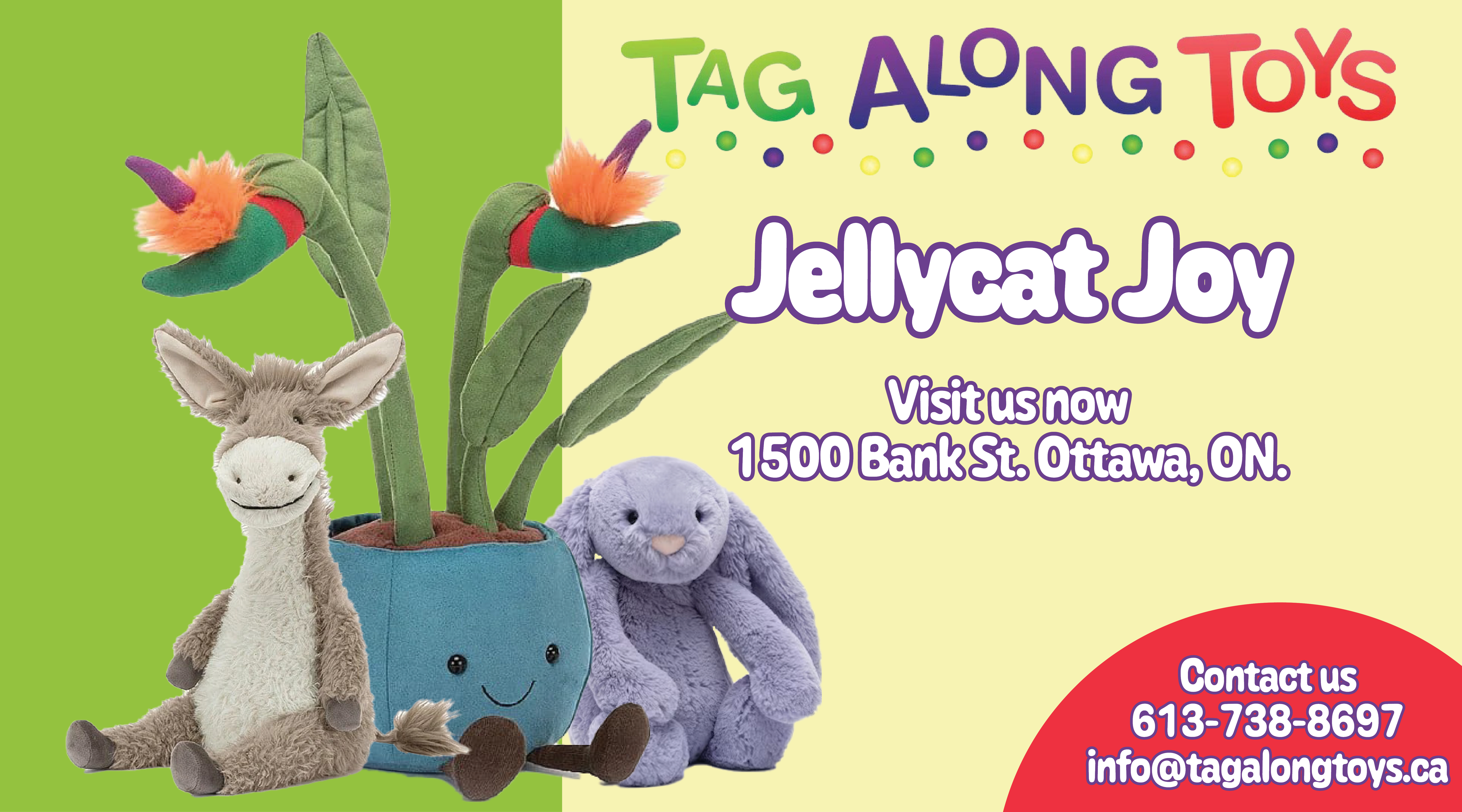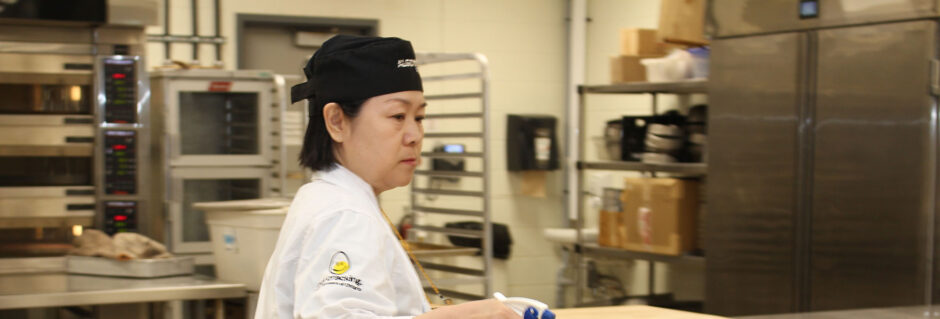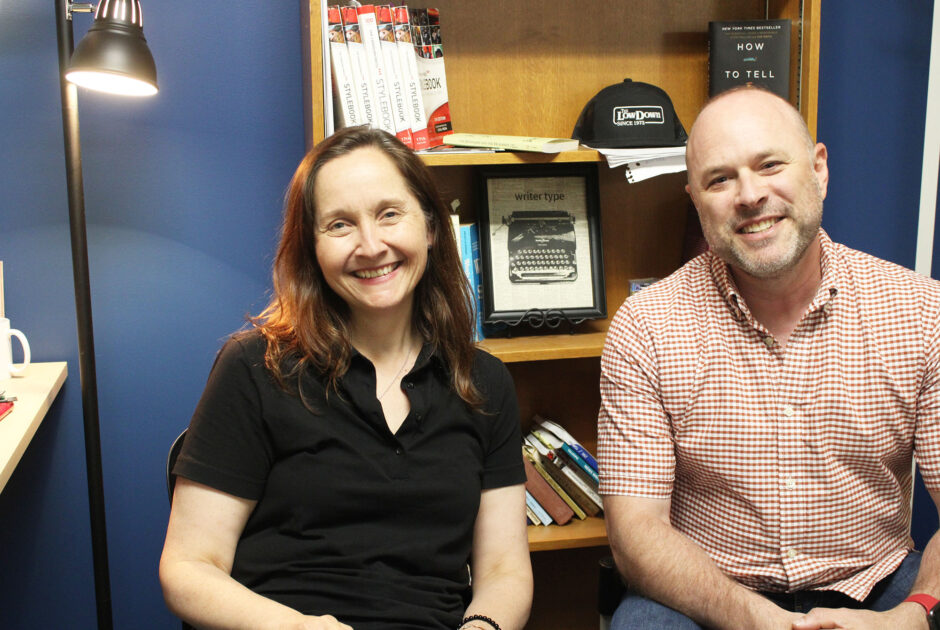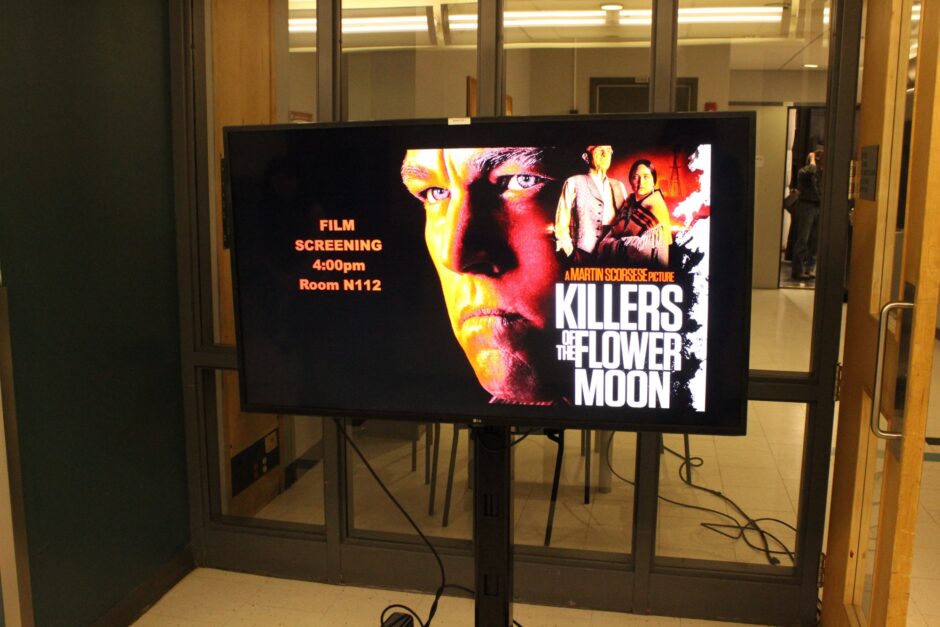Proposed legislation shows promise for the future careers of vet techs
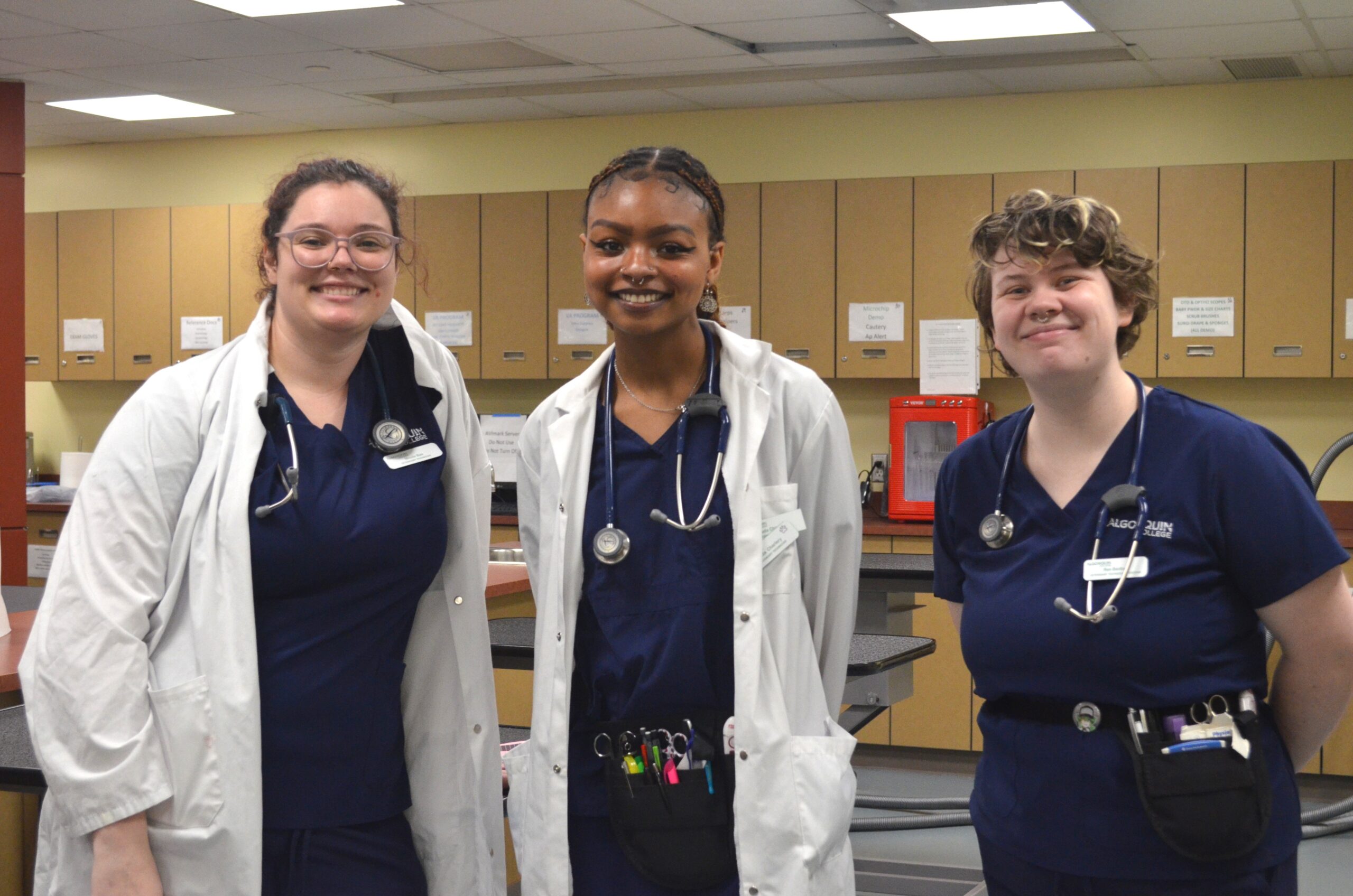
Ana Cortes always knew she wanted a career involving helping animals without becoming a veterinarian. But in her home country, a career as a veterinary technician is not a profitable one, so she enrolled at Algonquin College to pursue that goal.
In Mexico, the job title “assistant” or “technician” doesn’t exist. Those who choose to pursue the career must complete a degree to become a veterinarian.
“You’re either a veterinarian or you are just a helper who cleans and gets paid nothing,” said Cortes. “You have to build your way up and you make very little money. It takes a long time for you to actually live off that, and you have to be a veterinarian. It’s the only option.”
For students like Cortes who are seeking to build a career for themselves within the veterinary field, the new legislative Enhancing Professional Care for Animals Act, 2024, which was tabled in March, is expected to have a significant and positive development in the future of the veterinary care career.
The provincial legislation will benefit registered veterinary technicians (RVT) by recognizing their roles as well as increasing their responsibilities and practices. The legislation would also help with the veterinary shortage that has risen since the pandemic.
“Up until now, we have been working under a veterinarian as an accessory or as a support person,” said Shannon Reid, the coordinator of the veterinary technician program. “This legislation will help us be able to be much more recognized and independent under the law.”
Roshni Saldanha, a senior class representative in the vet tech program, is hopeful about the proposed act.
“I hope in the near future, we can see true compensation for the effort put in by health care employees,” said Saldanha. “If not financial, then having plans to allow for mental health recuperation, or plans that address improvement of mental health for all health care worker, it would be extremely beneficial for the practice, the community and the individual themselves.”
Saldanha said she is glad that the legislation will ensure the RVT skills being taught during the program will be used more in the field.
“What that means for our graduates is that they can go out and work in practice and take the burden of certain types of skills off of a veterinarian, so that the veterinarian can go do things that RVT cannot do, such as surgery and diagnosing disease,” said Reid.
“All the other scope of practice things that RVTs can do, we can do those independently, so that should help really fill the gap to some degree.”
Throughout her career, Reid has worked with a variety of large animals including horses, cows, elephants and even a camel before cross-training in the emergency and critical care department for small animals.
A decade later, she transitioned into teaching at Algonquin College.
“I’m very proud to say since then, we’ve sent several students there for placement who have obtained employment as well in the place where I grew up as a baby technician,” said Reid.
The Veterinary Learning Centre and Clinic is located in the V-building on the Woodroffe campus, where only enrolled and practicing students have access to in order to keep the patients safe. The facility includes an operating room, x-ray, dental suite, labs and examination rooms.
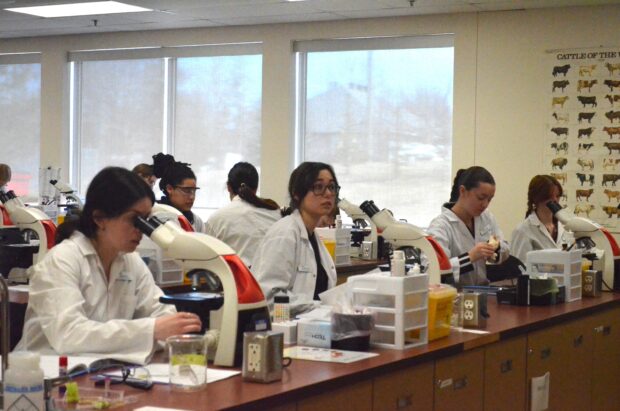
The two-year program starts with theory including anatomy, physiology, math and English. Then the students proceed to daily labs and practicing on life-like models. In the second year, students get hands-on practices and placements.
“They culminate their two years with us with a final practicum where they go out for 240 hours over six weeks and work in the industry in whichever direction they wanted to go,” said Reid. “Some students will work in a large animal practice, some students go into general facilities, it all kind of depends on their goals.”
The program provides an adoption service open to the community. The process starts with the animals transferring from the Society for the Prevention of Cruelty to Animals, which are usually kittens.
The students start by performing a physical exam on the animal to determine the procedures that need to be completed.
“They get dewormed, they get vaccinated, and just all the basic things that they would need,” said Reid.
After the physical exam, the patient will get scheduled for a surgery if they require a procedure to be done, followed by a dental appointment. Everything is performed inside the building by students and faculty members.
“The patient gets prepped and anaesthetized with our anaesthetic machine, and then they get wheeled in here [the operation room], there are team students with a veterinarian and a technician,” said Reid.
Once all the required procedures have been completed, the animals are ready for adoption. Reid said that the adoption process is open to the college community, but the majority of the kittens get adopted by the students, faculty members, and their families.
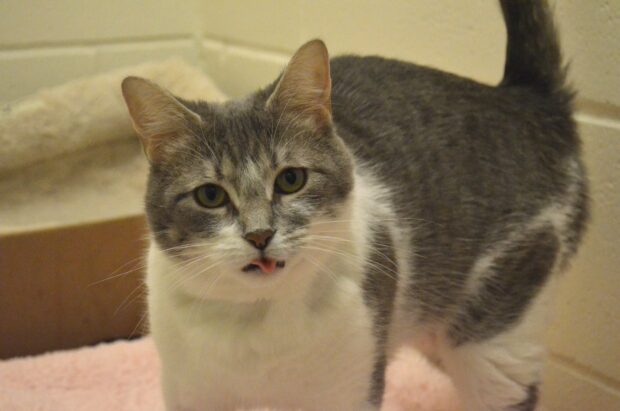
The students complete husbandry rotations at any given time in groups of six to ten to ensure that the patients are monitored and content with their stay. If required, there is faculty on call to assist the students.
Since the pandemic, there has been an increase in domestic animals called “Covid pets” causing an unbalanced ratio resulting in a shortage of veterinarians.
“There was a massive demand increase for veterinary care during and after the pandemic, and trying to transition a practice to being safe for employees and safe for clients, but still be able to practice medicine, it was a massive challenge,” said Reid. “I think it really took a toll on a lot of the veterinarians in practice.”
Reid said that the pandemic was not the only issue in the shortage such as the combination of a large proponent of veterinarians retiring and the newer graduates that are unable to fill in due to lack of experience.
“Our profession is actually actively working very hard on trying to help and to fill that gap, we had to reduce our intakes because we couldn’t have as many people in a room,” said Reid.
Fortunately for the program, the classes are back up to the same number of graduates since before the start of the pandemic.
With the new legislation introduced, the workload on veterinarians would be reduced, which would benefit the pet owners who are not able to access standard care for their domestic animals.
“Burnout is a real problem among RVTs and not many [of them] are long term or career RVTs. The amount of work sometimes, does not equate to the current compensation rates, along with work stress and responsibilities,” said Saldanha.
Kara Wilson, a second-year veterinarian technician student worked in the veterinary field for two years before making the switch and enrolling into the vet tech program at Algonquin College.
“ I saw firsthand the burnout,” said Wilson.
The college provides support and help for students who may be struggling mentally or academically. The students have access to counselling services, Center for Accessible Learning, student specialists and the faculty members.
“When they come to us, we want to definitely keep a close eye on them, connect with them one-on-one as often as possible to make sure they’re doing okay, not just in their classes, but in general, to make sure that they’re transitioning into the college environment okay,” said Reid.
Another way students de-stress is by spending time with a kitten that the program is taking care of. Reid said that it is common for students to study with a “kitten draped across their lap” and it benefits the animal as well.
“It’s great for the kitties, but it’s also a great stress reducer for the students. If someone’s having a rough day, they can go snuggle a kitty,” said Reid. “Once the students enter this program, we’re a big Vet Tech family, we’re self-contained here in our own wonderful facility.”

